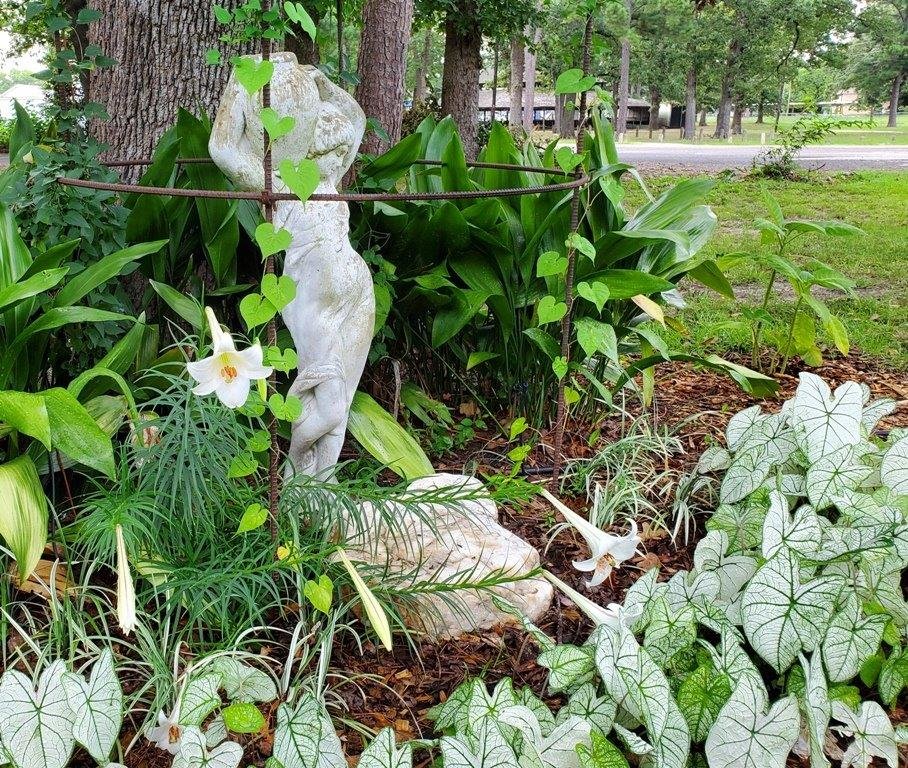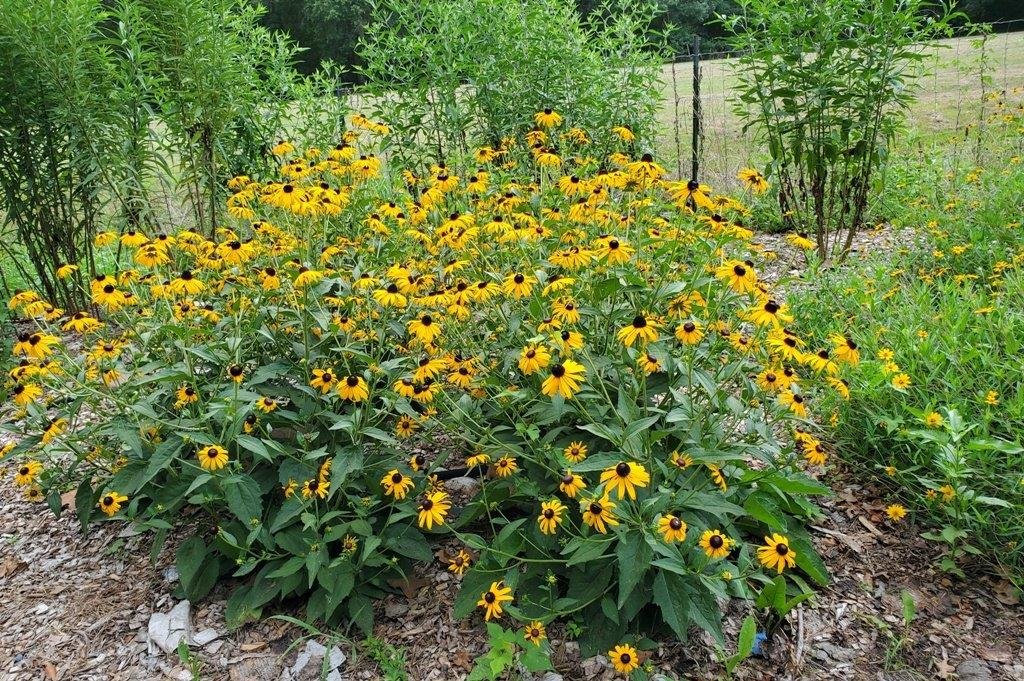In East Texas Gardens
T.S. Eliot wrote that ‘April is the cruellest month,’ but he never lived through August in Texas. High temperatures, blazing sun and unrelenting humidity certainly seem cruel. A gardener …
This item is available in full to subscribers.
Attention subscribers
To continue reading, you will need to either log in to your subscriber account, or purchase a new subscription.
If you are a current print subscriber, you can set up a free website account and connect your subscription to it by clicking here.
If you are a digital subscriber with an active, online-only subscription then you already have an account here. Just reset your password if you've not yet logged in to your account on this new site.
Otherwise, click here to view your options for subscribing.
Please log in to continue |
In East Texas Gardens
T.S. Eliot wrote that ‘April is the cruellest month,’ but he never lived through August in Texas. High temperatures, blazing sun and unrelenting humidity certainly seem cruel. A gardener can either embrace the heat or try to counteract it, all through the use of color in the garden.
Since I garden mostly in the shade, I use plants with white or silver leaves to provide visual relief, an illusion of coolness. My favorite plant for this is caladium, especially those with big white leaves – varieties such as Candidum, White Christmas or Moonlight. There are also varieties of liriope (including Silver Dragon and Aztec Grass) that can grow in sun or part shade, with narrow, grass-like leaves that are striped green and silver. Plant these as a ground cover or an edging, bringing cool brightness to the garden.
Sun gardens can also see benefit from the selection of plants within a cooling palette. These include white-blooming plants such as Icecap rose, White Pillar Rose of Sharon, sweet autumn clematis and Formosa lily, all of which can be found in the gardens at the Wood County Arboretum. Other plants with blooms of light blue, lavender or pale pink can also provide a cool, calm pearlescent glow in the heat of summer. These include varieties of phlox, butterfly bush and old-fashioned annuals like petunias and cleome.
If a gardener chooses to embrace the Texas summer heat, then the colors in the garden will lean toward the hot side of the color wheel, encompassing red, yellow and orange. These colors are most easily used in your sunny beds and can be found in annuals, perennials and shrubs. Look for non-stop blooms in annuals such as marigolds, cockscomb and double purslane. This year at the Arboretum we grew yellow, red and orange double purslane as a ground cover with outstanding results; cuttings planted early in the summer filled in to provide a blanket of blooms for the summer.
One of my favorite long-blooming perennials during the hot Texas summer is ‘Goldsturm’ black-eyed Susan (rudbeckia), with its golden blooms over many weeks. Unlike many black-eyed Susans that are annuals or very short-lived perennials, Goldsturm forms a clump that gets larger year after year. This reliable Texas native deserves a spot in every sunny garden.
Red is another color that’s easy to add to a sun garden. Hardy hibiscus such as Mars Madness, Luna Red and Midnight Marvel have large, deep red blooms all summer that can make an outstanding feature in your garden. I also like to plant perennials such as Lady in Red sage (Salvia coccinea), red autumn sage (Salvia greggii), and ‘Hot Lips’ sage (Salvia microphylla), all of which thrive in our Texas heat.
Whether you want to battle the heat with white plants or echo the heat in reds, yellows and oranges, there are plenty of choices for your East Texas gardens.
About the author: Lin Grado is the garden manager at the Wood County Arboretum and Botanical Gardens. To see the use of hot and cool colors, please visit the gardens, especially during our work days on Wednesday mornings.









